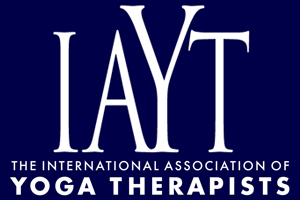A Process Evaluation of the Art of Yoga Project Mentor Program for Incarcerated Teenage Girls
Returning to the community upon release from custody is a difficult process to navigate, and there are scant resources available to juvenile female offenders, in particular. Comprehensive wraparound aftercare and mentor services are a central component of successful community reentry, and the well-established unique characteristics of juvenile girls make it necessary to create programs catered specifically to them. The present study employed a case study design to describe and evaluate the Art of Yoga Project's Mentor Program. Eight girls and their mentors were followed for a period of 12 months after the girls' release from custody. Preliminary results from qualitative content analysis suggest that the program was valuable for the girls who participated.
